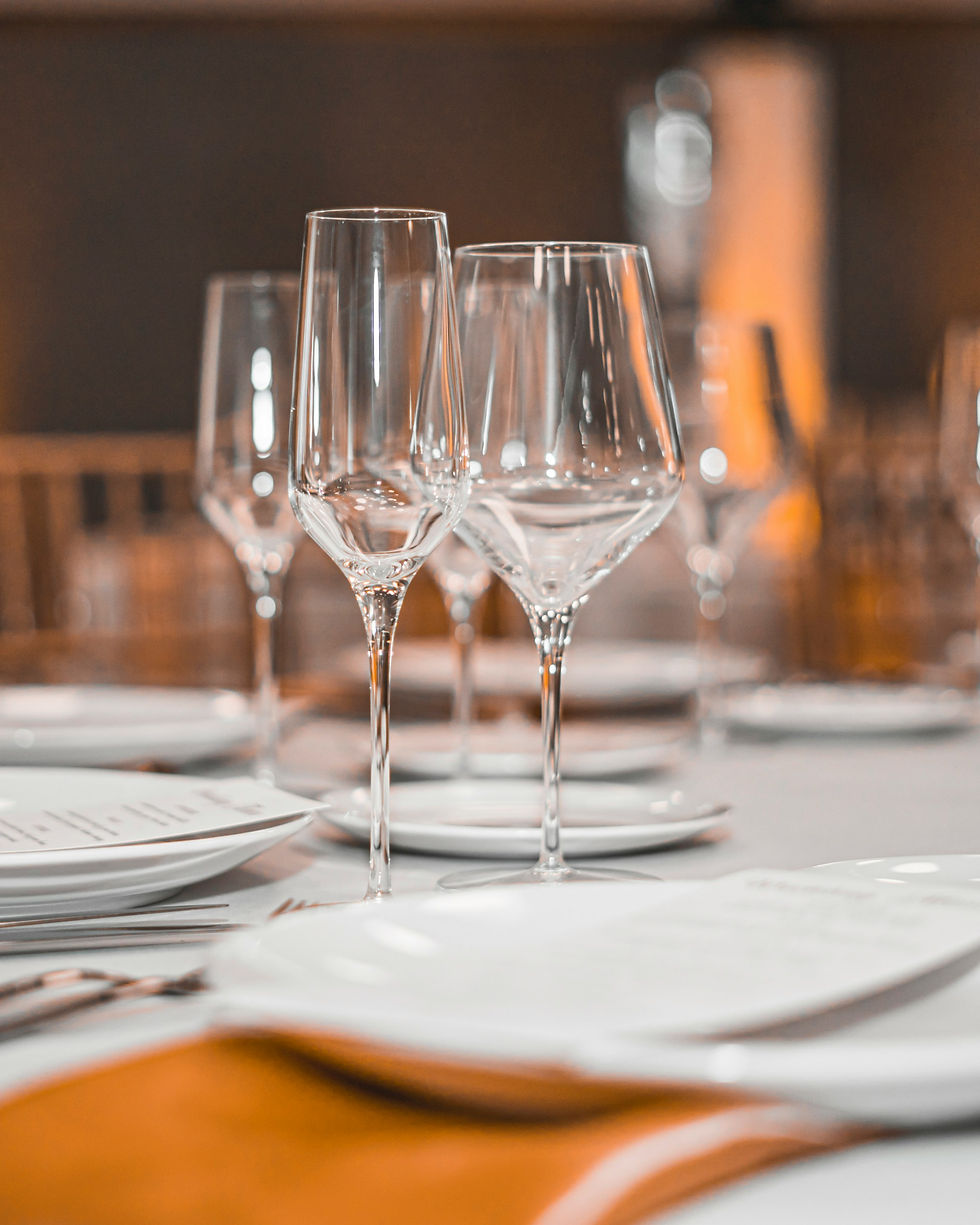Deliciousness Engages All the Senses| Four Dimensions of Taste【#001】
- amika
- Jul 17
- 4 min read
Updated: Jul 31
Deliciousness isn’t defined by taste alone.
Sight, aroma, memory, and cultural context—
It’s a layered experience, shaped by many elements coming together.
Think of that moment when a chilled tea seeps into your body on a hot day.
Or the sudden memory of a childhood flavor that made your heart race.
We experience “deliciousness” through sensation, through memory.
In this column, we’ll begin with a simple yet deep question:
“What makes something delicious?”
And from there, we’ll explore the world of taste through the lens of culture and the senses—like setting off on a shared journey.
Our guide is Lawrence Nakamura, a sommelier and certified sake taster, and a core member of the Apoptosis team.

“What Is Delicious?”
___What does “delicious” really mean?
It’s a simple question—yet a deeply layered one.
When we say “This is delicious” as we toast a drink, we’re not just tasting.
We’re smelling the aroma, sensing the temperature, engaging memory and emotion.
Deliciousness is not just about flavor—it’s a full-body experience.
🍴 The Four Dimensions of Deliciousness
We can begin to understand “delicious” by breaking it down into four overlapping layers:
Physiology
Culture
Information
Pleasure

1. Physiology — What the body asks for
Sometimes, after a long day, we crave something sweet.
Or on a scorching summer afternoon, an icy drink just hits the spot.
These are physical responses—signals from the body itself.
This is the most primal kind of deliciousness: when our senses meet a physiological need.

2. Culture — Shaped by place and history
Our idea of “good taste” is deeply influenced by local customs and traditions.
In my hometown of Yamagata, we have a dish called Natto-jiru—a warm miso-based soup made with mashed fermented soybeans.
There’s even Natto ramen, a beloved local variety topped with fermented beans.
To locals, these are comfort foods.
But if you didn’t grow up eating fermented soy, it might catch you off guard.
Culture shapes taste—often more than we realize.

3. Information — What we’re told, what we assume
“You know, this ingredient is incredibly rare.”
“It’s a luxury item.”
Just hearing that can make something seem more delicious.
The same goes for presentation.
Lighting, tableware, even the ambiance of a space—all of these affect how we interpret taste.

Space as a Flavor Enhancer
Picture an open, spotless kitchen.
You see the care in the preparation, hear the rhythm of the chef’s movements, smell the aroma rising.
That visual trust enhances the food before it even reaches your mouth.
On the other hand, imagine a dim, cluttered kitchen—suddenly, your sense of taste shifts.
Even if the recipe is the same.
Our surroundings play a silent but powerful role in how we taste.
On the other hand, even if you are cooking the same dish , if the kitchen is messy or the space is dark and closed in , you will unconsciously feel anxious and wonder, "Hmm, is this okay...?"
That impression alone can sometimes change the actual taste.
In other words, the space is a factor that already affects the flavor at the "pre-tasting" stage .
4. Pleasure — Desire, memory, craving
Sometimes, it’s not logic—it’s instinct.
I used to love cola as a child.
Even now, working as a sommelier, I’ll still occasionally think, “I just want a Coke.”
Even after tasting a wine worth hundreds of dollars.
That’s not a rational decision.
It’s memory. Craving. A kind of sensory imprint from the past.
Pleasure is deeply emotional—and often irrational.

Designing Deliciousness
At our company, we design tea and wine experiences.
That means we constantly ask:
What’s special about this leaf?
How can we let that uniqueness shine through?
Of course, flavor matters.
But more than that—we think about how people will feel when they taste it.
That’s the true challenge: not just what it is, but how it’s delivered.
Because deliciousness isn’t just a flavor.
It’s the body, culture, information, memory, and pleasure—all intertwined.
And when we start designing experiences from that understanding,
the world of food and drink becomes richer, more meaningful, and endlessly fascinating.
This time, we caught just a glimpse of the question:
“What makes something delicious?”
It’s a world that runs deep—far deeper than taste alone.
Next time, we’ll explore the theme of aroma,
and how it connects to memory and emotion—the unseen layers behind deliciousness.
We’ll be joined once again by Lawrence Nakamura,
as we continue this journey into the senses.
Stay tuned.
Yoshihito “Lawrence” Nakamura
Certified Sake Sommelier / Wine Sommelier
With deep expertise in both sake and wine, Lawrence has been involved in launching restaurants, curating beverage programs, and advising food and drink brands. He joined the Apoptosis team in 2024.
His work has been recognized with numerous awards, including
“Best Sake List in Japan” and “Most Original Wine List in Asia.”
The latest columns will be posted on Instagram and other social media sites, so
I would appreciate it if you could follow us and wait for us.
Apoptosis also regularly hosts tasting events for non-alcoholic beverages,especially for professionals in the food and beverage industry.For more details, please visit the page linked below.




